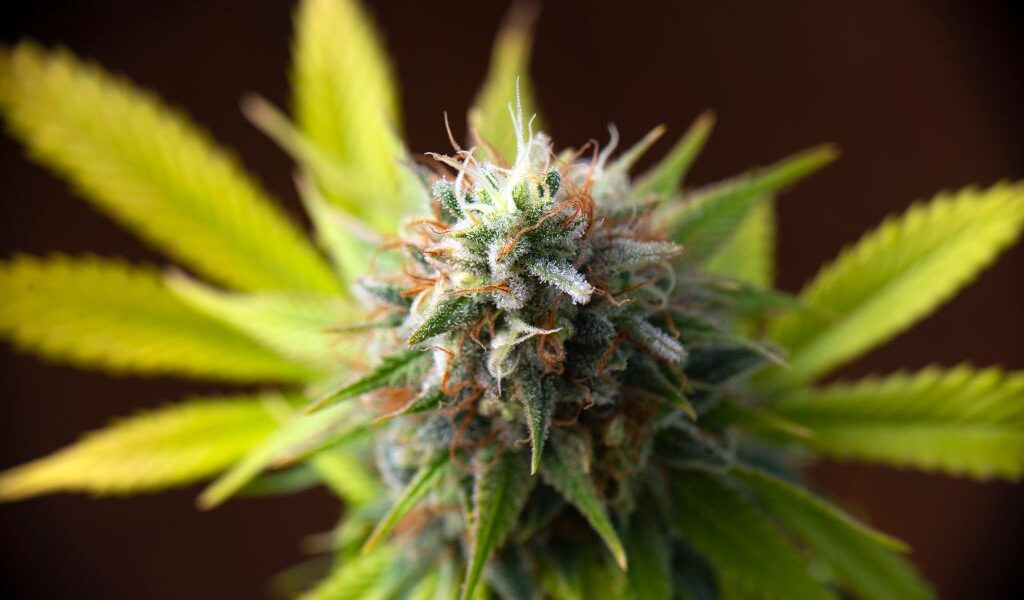Weeds, often perceived as mere nuisances, play a significant role in ecological systems. Their interactions with the environment, other plants, and human activities reveal complex dynamics that influence biodiversity, agriculture, and ecosystem health. Understanding these interactions provides insights into managing ecosystems sustainably.
The Role of Weeds in Ecosystems
Biodiversity and Habitat
Weeds contribute to biodiversity by providing habitats and food sources for various organisms. They often colonize disturbed areas, creating microhabitats for insects, birds, and small mammals. This colonization can lead to increased species richness in certain environments.
- Food Sources: Many insects rely on weeds for nectar and pollen. For instance, dandelions are an early spring food source for bees.
- Shelter: Weeds like thistles offer nesting sites for birds and small mammals.
- Soil Stabilization: In areas prone to erosion, weeds can stabilize soil, preventing further degradation.
Competition and Plant Dynamics
Weeds compete with crops and native plants for resources such as light, water, and nutrients. This competition can lead to reduced yields in agricultural settings and alter plant community structures in natural ecosystems.
- Resource Competition: Weeds like pigweed and lambsquarters are known for their aggressive growth, often outcompeting crops.
- Allelopathy: Some weeds release chemicals that inhibit the growth of surrounding plants, giving them a competitive edge.
Human Influence on Weed Ecology
Agricultural Practices
Human activities, particularly agriculture, significantly impact weed ecology. The introduction of monocultures and the use of herbicides have altered weed populations and their interactions with the environment.
- Monocultures: Large-scale farming of single crops creates ideal conditions for certain weeds to thrive, leading to increased competition and the need for management strategies.
- Herbicide Resistance: Overreliance on chemical control has led to the evolution of herbicide-resistant weed species, complicating management efforts.
Urbanization and Land Use Change
Urbanization and changes in land use patterns have created new niches for weeds. Disturbed lands, such as construction sites and abandoned lots, often become hotspots for weed colonization.
- Disturbance: Weeds are often the first to colonize disturbed areas, taking advantage of the lack of competition.
- Adaptation: Some weeds have adapted to urban environments, thriving in conditions that are inhospitable to other plants.
Case Studies
The Impact of Invasive Weeds
Invasive weed species can have profound effects on native ecosystems. One notable example is the spread of kudzu in the southeastern United States.
- Kudzu: Originally introduced for erosion control, kudzu has become a dominant species, smothering native plants and altering habitats.
- Ecological Consequences: The dense growth of kudzu reduces biodiversity and disrupts local ecosystems.
Weed Management in Agriculture
Effective weed management is critical for sustainable agriculture. Integrated weed management (IWM) strategies combine cultural, mechanical, and chemical methods to control weed populations.
- Cultural Practices: Crop rotation and cover cropping can reduce weed pressure by disrupting their life cycles.
- Mechanical Control: Tillage and mowing are traditional methods that physically remove weeds.
- Chemical Control: Herbicides remain a tool in weed management, but their use must be balanced with other strategies to prevent resistance.
The Future of Weed Ecology
Climate Change and Weed Dynamics
Climate change is expected to influence weed ecology by altering growth patterns, distribution, and interactions with other species.
- Temperature and Precipitation: Changes in climate can affect weed germination and growth rates, potentially leading to shifts in weed populations.
- Range Expansion: Warmer temperatures may allow some weed species to expand their ranges into new areas.
Technological Advances
Advancements in technology offer new tools for studying and managing weeds. Remote sensing and precision agriculture are transforming how we understand and control weed populations.
- Remote Sensing: Satellite imagery and drones provide detailed data on weed distribution and density, aiding in targeted management.
- Precision Agriculture: Technologies such as GPS-guided equipment enable precise application of herbicides, reducing environmental impact.
Conclusion
Weed ecology interactions are multifaceted, involving complex relationships between plants, animals, and human activities. By examining these interactions, we gain valuable insights into ecosystem dynamics and the challenges of sustainable management. As we face global changes, understanding and managing weed ecology will be increasingly important for maintaining biodiversity and agricultural productivity.
